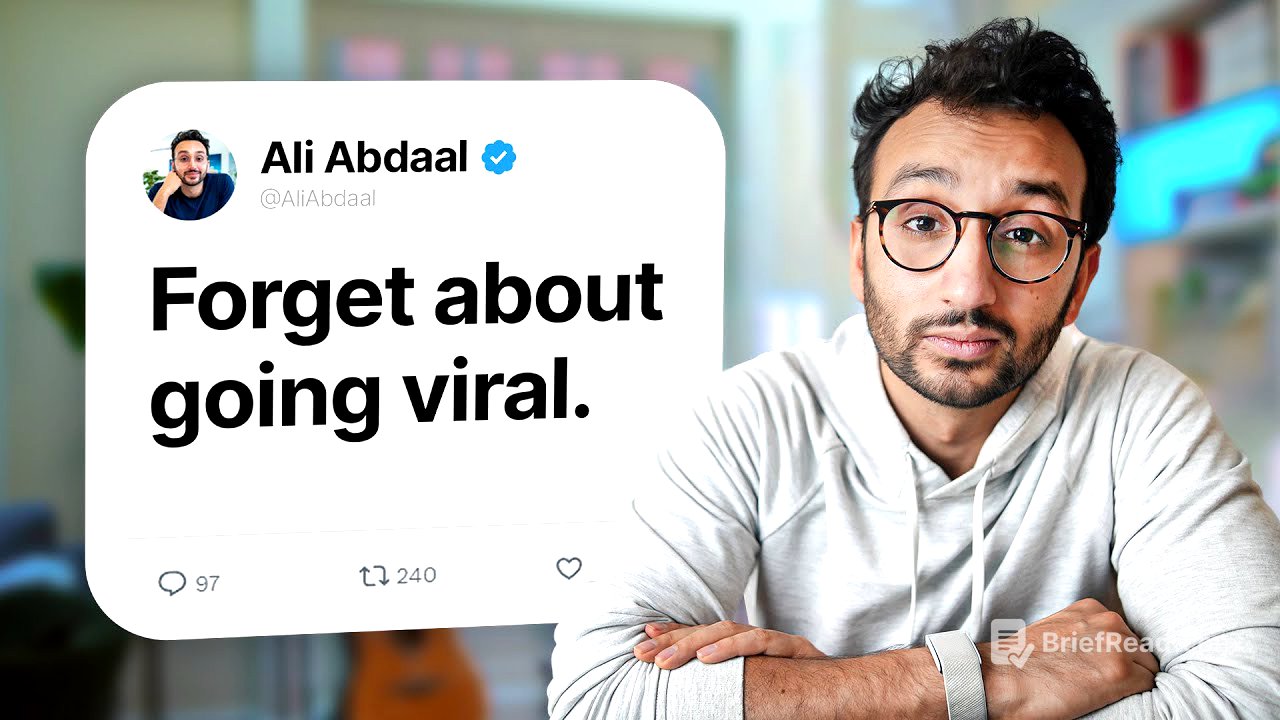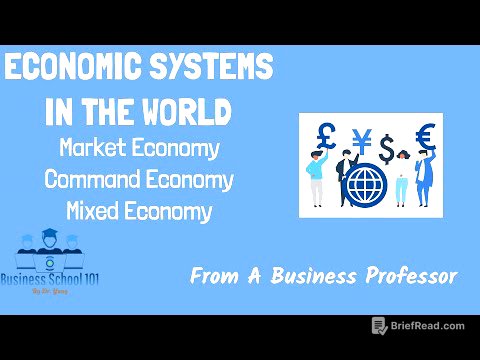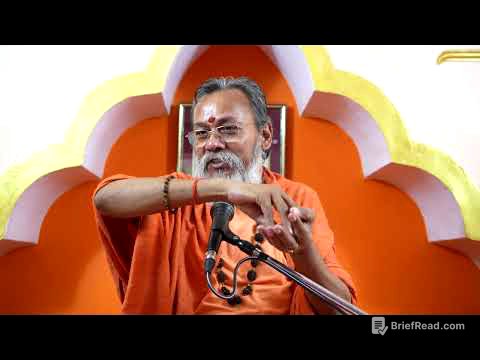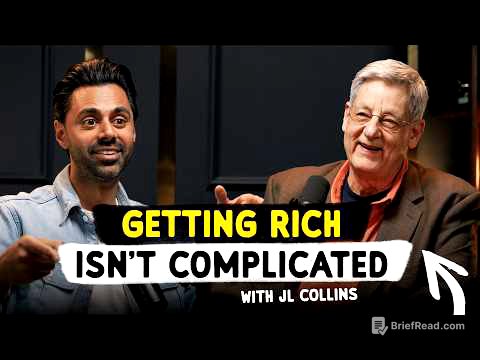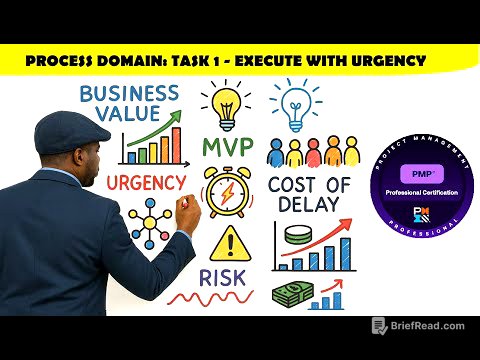TLDR;
This video provides advice for individuals looking to start a YouTube channel, emphasizing the importance of understanding motivations, taking action, and setting realistic expectations. It introduces the "Motivation Matrix," the "Seven Video Challenge," and the "Five C's of YouTube Success" (Courage, Consistency, Clarity, Content, and Cache). The video encourages potential creators to focus on the joy of content creation and being of service rather than solely on monetary gains, especially if they do not already have an existing business.
- Understanding motivations (money vs. fun) is crucial for sustainability.
- The Seven Video Challenge helps overcome overthinking and provides practical experience.
- Consistency, courage, clarity, content quality and cash are key to long-term success.
Introduction [0:00]
Ali Abdaal introduces the video as part of a series exploring strategies for starting, growing, and monetizing a YouTube channel or business. He aims to provide honest advice for both aspiring and struggling YouTubers. Ali shares his background, from being a medical student to becoming a successful entrepreneur and author, and mentions his online community, the Part-Time YouTuber Academy, which has helped over 20,000 students. The video will cover understanding motivations, starting with the seven video challenge, and setting realistic expectations for success.
Understanding Your Motivation [1:25]
Starting a YouTube channel is presented as a valuable journey for personal and skill-based growth, regardless of monetary success. The video introduces the "Motivation Matrix," emphasizing the balance between money and fun as primary motivations. Quadrant one, the ideal state of making lots of money and having lots of fun, is generally not a starting point but a destination. The video then discusses quadrant two, where the primary motivation is money, defining it as a "business first" approach suitable for existing business owners using YouTube as a marketing vehicle. However, it cautions against pursuing YouTube solely for money without an existing product or service, as it's a challenging path. The video highlights that if the primary goal is money, there are more efficient ways to make money than doing YouTube. The litmus test is whether you would continue creating content even if you knew you would never make money from it. Quadrant three focuses on those primarily motivated by fun, termed the "Creator first" approach, where monetization comes second. The key is enjoying the process, as consistency and channel growth can lead to monetization opportunities over time. The video discourages starting a YouTube channel without intending to make money or have fun, emphasizing that enjoying the process is what makes a YouTube channel sustainable. Ali shares his personal story of starting with a business-first approach, using his channel to drive leads to his medical school admissions business before transitioning to a creator-first approach. He advises against viewing YouTube as a get-rich-quick scheme and encourages focusing on the joy, satisfaction, and learning that come with creating content.
The 7 Video Challenge [15:55]
The biggest hurdle for aspiring YouTubers is taking action. Ali shares his experience of wanting to start a YouTube channel since 2010 but only managing to do so seven years later due to overthinking. He introduces the "Seven Video Challenge," urging viewers to stop overthinking and create their first seven videos. Seven is the magic number because it provides a better sense of the process. He relates this to learning CPR in medical school, where practical experience was essential to understanding the theory. Similarly, making a few videos provides context that reading tutorials cannot. He encourages viewers to make their first video immediately, even if it's just a simple recording on their phone. By the time they've made seven videos, they'll have a better understanding of the process and whether they enjoy it. He emphasizes that enjoying the process is crucial for consistency. Ali mentions a seven-video challenge as part of his Part-Time YouTuber Foundations course, where participants get a refund if they complete the challenge, providing accountability and community support.
What’s your relationship with YouTube? [22:37]
After completing the seven video challenge, creators need to decide on their relationship with YouTube: casual or committed. A casual relationship involves making videos sporadically, while a committed relationship requires regular uploads, such as weekly or bi-weekly. A committed relationship is necessary to build a business and generate income from YouTube. While casual relationships can be fun, the depth and enjoyment from a committed relationship are far greater.
The 5 Cs of YouTube Success [25:00]
Ali introduces the five C's of YouTube success: Courage, Consistency, Clarity, Content, and Cache. Courage is needed to start and persevere, consistency is essential for growth, clarity involves understanding the target audience and value proposition, content must be high-quality and engaging, and cache refers to monetization. He stresses that consistency is the foundation for the other C's. He also shares that he has a free training webinar that dives into the details about these 5 C's. He emphasizes that his teachings are a guide, not a one-size-fits-all solution, and encourages viewers to adapt the principles to their own channels and values.
